What is the Nancy Grace Roman Space Telescope?
The next major step in astronomy, the Nancy Grace Roman Space Telescope will see the big picture in terms of space.
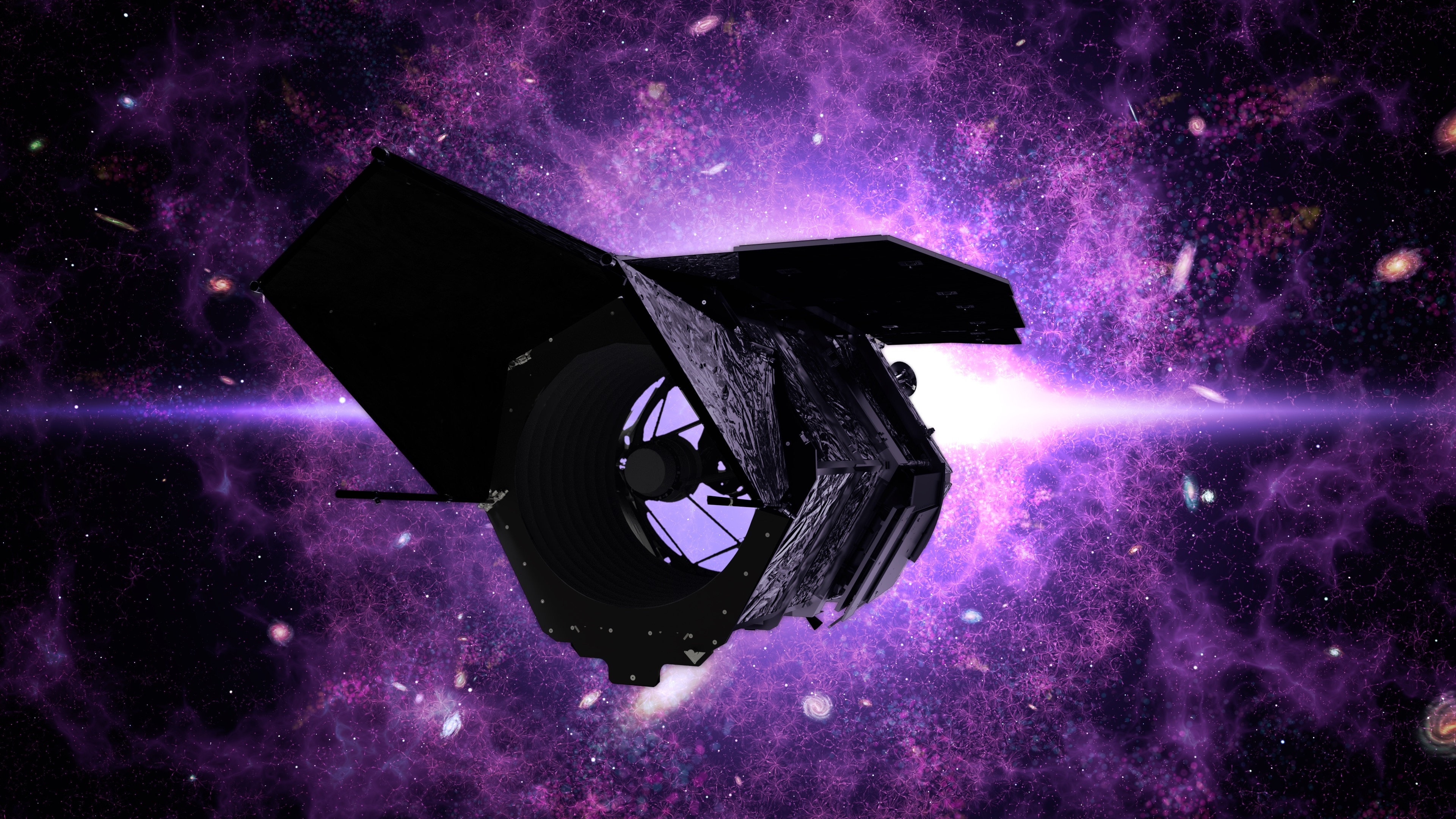
The Nancy Grace Roman Space Telescope is NASA's future infrared space observatory that will attempt to tackle some of the most pressing questions in cosmology by addressing the mysteries of dark energy.
The telescope also known as "Roman" or the "Roman Space Telescope" will also search for planets outside the solar system — exoplanets, and will investigate the physics of distant stars.
Set to launch around 2026 or 2027, NASA says that the space telescope possesses a wide field of view that will allow it to generate never-before-seen big pictures of the universe essential for tackling some of the most pressing cosmic mysteries. The mission is projected to last for five years.
Related: The 10 biggest telescopes on Earth
The Roman space telescope will be situated at Lagrange point 2, a stable gravitational point between Earth and the sun located around 1 million miles (1.5 million kilometers) from our planet.
Who is telescope named after?
The Nancy Grace Roman Space Telescope began life as the Wide Field Infrared Survey Telescope (WFIRST) in 2010, only gaining its current name a decade later when in May 2020 it was renamed in honor of Nancy Grace Roman, a pioneering scientist who served as NASA's first chief astronomer from 1961 to 1963. Roman passed away on December 26, 2018, at the age of 93.
During her life, Roman was affectionately known as "the mother of Hubble" the nickname emerged due to the fact that Roman tirelessly advocated for new tools that would allow scientists to study the broader universe which led to the launch of the Hubble Space Telescope in 1990.
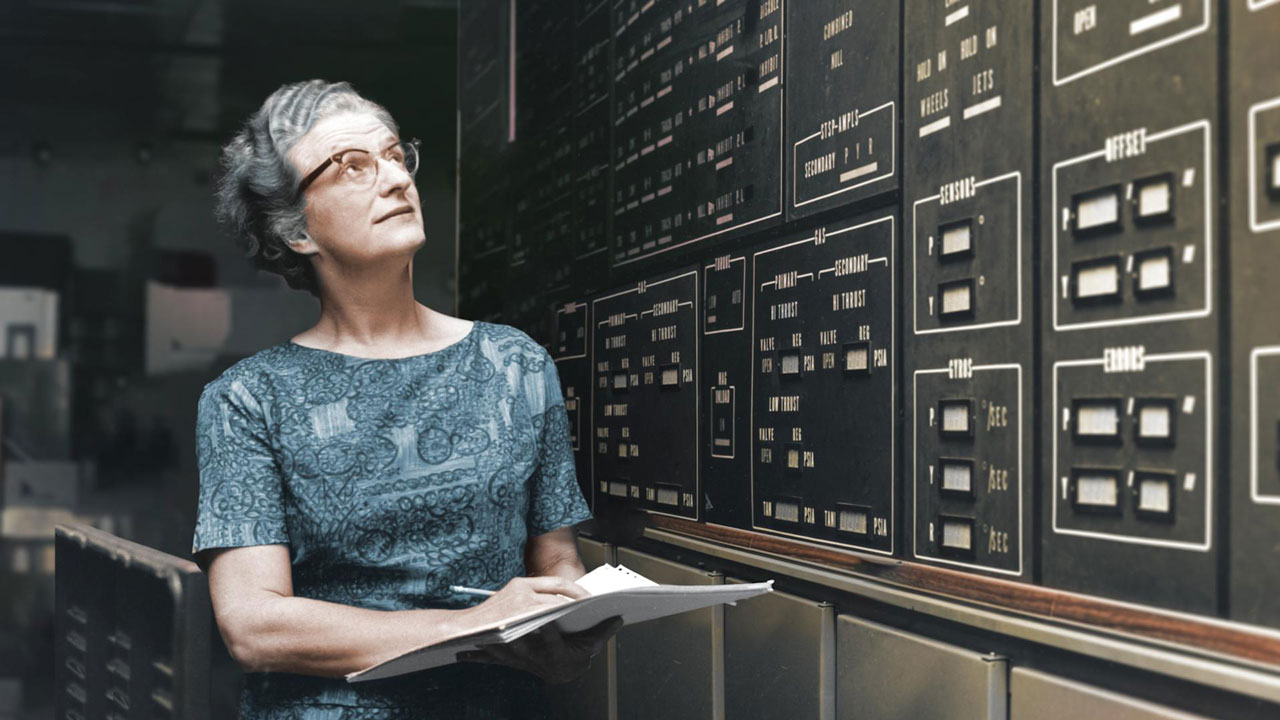
Announcing the new moniker for WFIRST in 2020 then NASA administrator, Jim Bridenstine said: "It is because of Nancy Grace Roman's leadership and vision that NASA became a pioneer in astrophysics and launched Hubble, the world's most powerful and productive space telescope."
"I can think of no better name for WFIRST, which will be the successor to NASA's Hubble and Webb Telescopes." Bridenstine continued.
Related: 20 trailblazing women in astronomy and astrophysics
"Roman is planned to teach us a great deal about exoplanets and cosmology, but will have the capability to do so much more," Postdoctoral Fellow at NASA's Jet Propulsion Laboratory, Samson A. Johnson told Space.com. "Right now, and all the way up to and after its launch, there will be a lot of opportunities for astronomers to propose their own ideas for Roman, and there are many interesting prospects such as studying stellar mass black holes, exoplanet transit surveys, asteroseismology surveys, and much, much more." Johnson continued.
Nancy Grace Roman Space Telescope development and cost
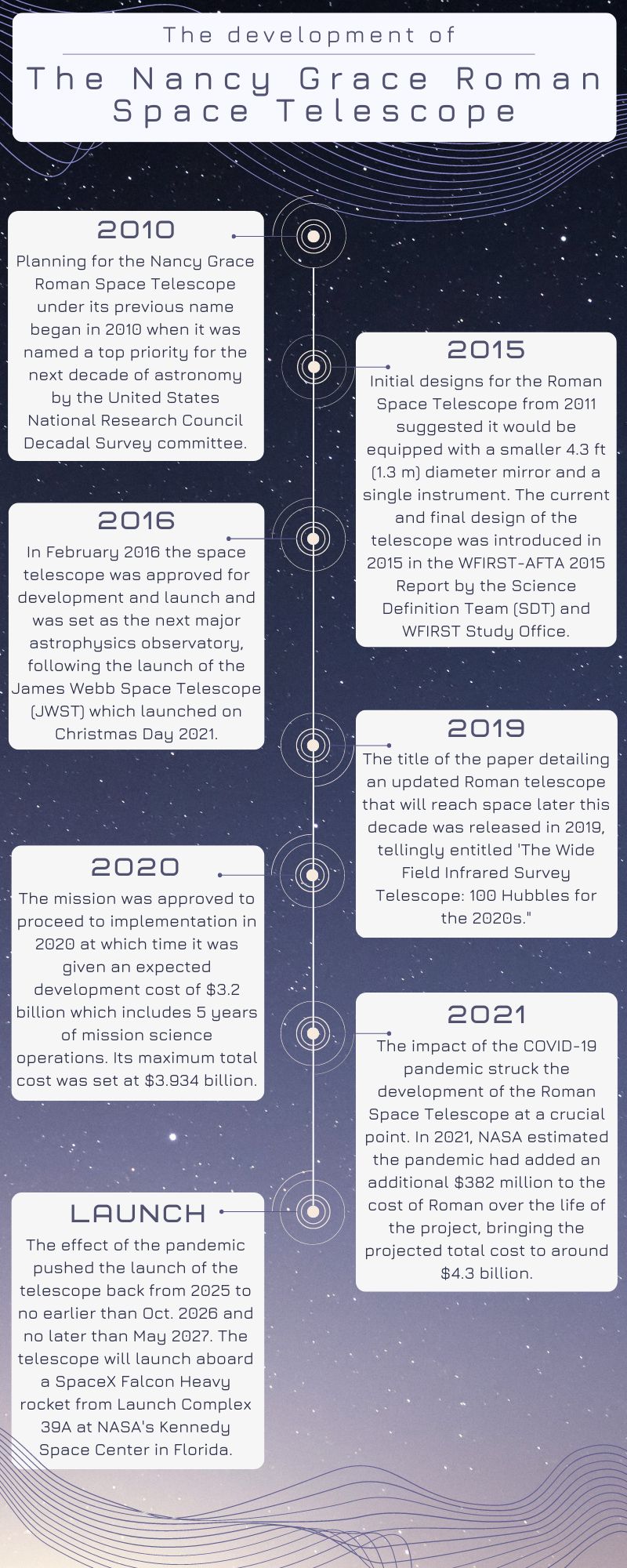
The development of the Nancy Grace Roman Space Telescope has been handled primarily by NASA's Goddard Space Flight Center, with participation by the Jet Propulsion Laboratory (JPL) and the Infrared Processing and Analysis Center, in Pasadena, California, the Space Telescope Science Institute in Baltimore, and a science team comprised researchers from institutions across the U.S.
The development of the Nancy Grace Roman Space Telescope has been handled primarily by NASA's Goddard Space Flight Center, with participation by the Jet Propulsion Laboratory (JPL) and the Infrared Processing and Analysis Center, in Pasadena, California, the Space Telescope Science Institute in Baltimore, and a science team comprised researchers from institutions across the U.S.
Initial designs for the Roman Space Telescope from 2011 suggested it would be equipped with a smaller 4.3 ft (1.3 m) diameter mirror and a single instrument. The current and final design of the telescope was introduced in 2015 in the WFIRST-AFTA 2015 Report by the Science Definition Team (SDT) and WFIRST Study Office.
The title of the paper detailing an updated Roman telescope that will reach space later this decade was released in 2019, tellingly entitled 'The Wide Field Infrared Survey Telescope: 100 Hubbles for the 2020s."
In 2022, NASA estimated the total launch cost of the Roman telescope as $255 million, which includes the launch service and other mission-related costs.
What will the Nancy Grace Roman Space Telescope do?
According to the WFIRST-AFTA Science Definition Team Final Report the Roman Space Telescope will weigh 4,166 kilograms (9,184 pounds) at launch and is set to carry a payload of 2,191 kg (4,830 lb).
The primary mirror of the Roman Space Telescope has a diameter of 7.9 ft (2.4 meters), the same size as the mirror of Hubble but under a quarter of the weight at 410 pounds (186 kilograms).
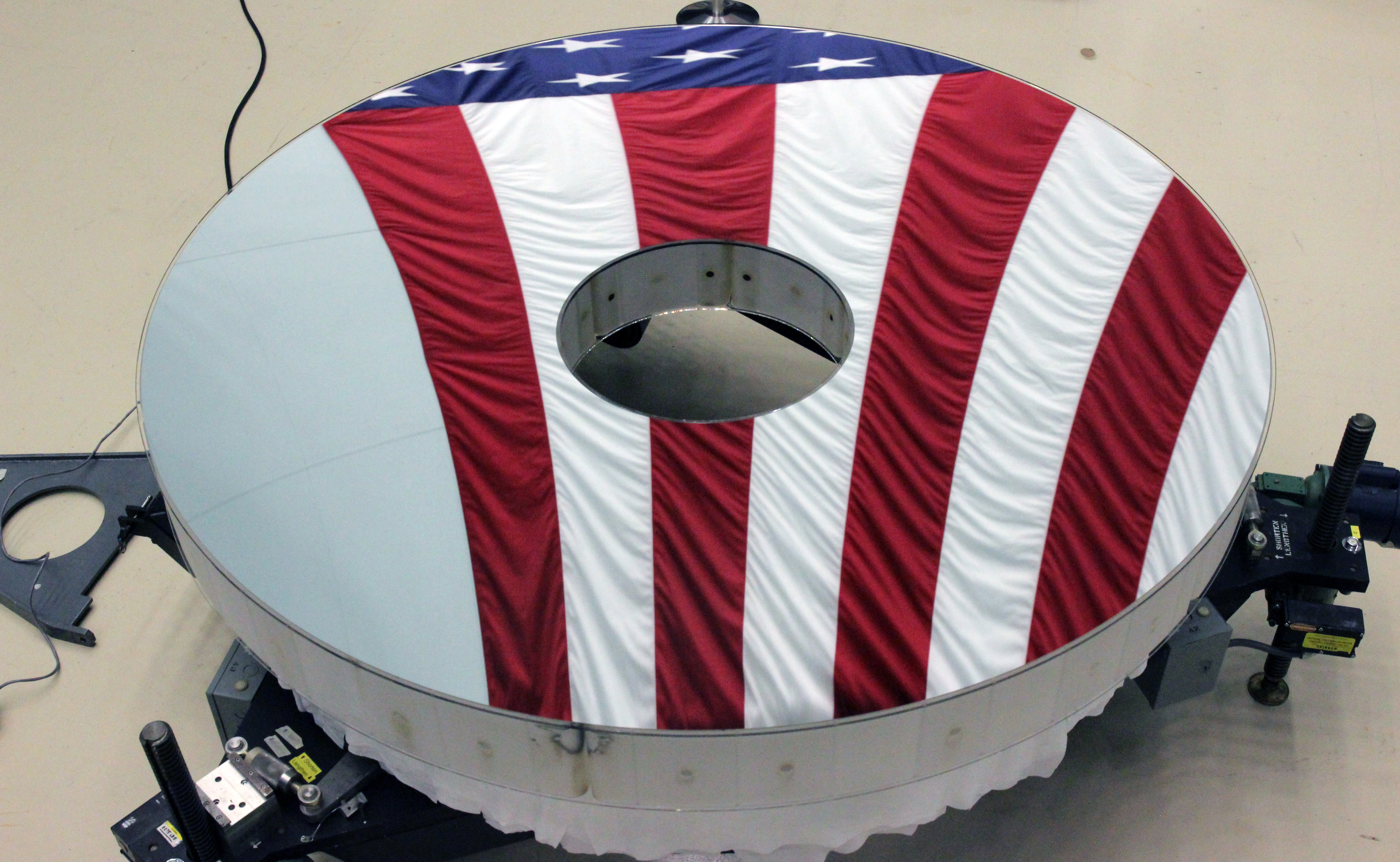
The mirror grants the telescope a 0.281-degree square field of view and sends light to the two main instruments carried by the Roman Space Telescope, the Wide Field Instrument, and the telescope's Coronagraph Instrument. The barrel-like shape of the spacecraft itself blocks out unwanted light from the sun.
This will allow the Wide Field Instrument to measure the light from a billion galaxies over its 5 5-year-long operation time, thus facilitating the primary mission of the Roman Space Telescope — to investigate dark energy.
As NASA points out, physicists estimate that dark energy accounts for around 68% of the universe's total energy/matter content, yet have little idea what it actually is. One way of addressing this problem could be to observe how the influence of dark energy has changed over time.
The Wide Field Instrument on the Roman Space Telescope will help investigate this by mapping the distribution of matter across the universe and measuring how the universe has expanded since it was around 500 million years old, about 4% of its current age. Examining the brightness and distances of supernovas, the explosions that occur at the end of stars' lives, the Roman Space Telescope may detect the first traces of dark energy thus giving scientists an idea of how the influence of this mysterious force has grown over time.
Among the other objectives of Roman, such as the study of distant supernovas and the examination of objects on the outskirts of the solar system, will be the hunt for planets around other stars.
Nancy Grace Roman Telescope and dark energy FAQs answered by an expert

Luz Ángela García is a cosmology postdoctoral researcher at Universidad ECCI in Bogotá, Colombia.
We asked Luz Ángela García, a cosmology postdoc in Bogotá, Colombia, a few questions about the Nancy Grace Roman Telescope and dark energy.
How does the Nancy Grace Roman Space Telescope compare to the James Webb Space Telescope?
Both telescopes are optimized to work on the wavelength range of the infrared. However, the JWST has a very narrow and detailed field of view. Instead, the Nancy Grace Roman will cover a very broad patch of the sky. One way to understand this is that the science goals of both telescopes are different, and thus, their coverage has to adapt to these observational needs.
The JWST aims to recover deep lines of view of the sky. On the other hand, the Roman will provide us with the "Big Picture". It will complement other wide galaxy surveys run from the ground, such as DESI or the upcoming Vera Rubin Observatory.
How will the Nancy Grace Roman Space Telescope study dark energy?
Most capabilities of the Nancy Grace Roman will make it a suitable instrument to study the nature of dark energy. Because of its broad coverage of the sky, the telescope will capture an unprecedented number of galaxies in its field of view and the distribution of those galaxies in our universe, which will allow us to understand the effect of dark energy on large cosmological scales and the clustering and evolution of galaxies. With such an extensive map of the galaxies, we can recover a robust prediction of the acoustic peak.
On the other hand, the Nancy Grace Roman will focus on detecting signals in the infrared; thus, it will 'see' galaxies that the current ground-based telescopes could be missing. In addition, the telescope will observe a large number of supernova Ia (the same type of objects that led to the concept of dark energy and the accelerated expansion of the universe in the first place). Most importantly, its findings concerning dark energy and the Universe's large-scale structure will complement those made by other observatories.
What impact will the Nancy Grace Roman Space Telescope have on astronomy?
Every new telescope provides a new piece of information about dark energy, the structure of matter, and the universe itself. This telescope will allow us to get a very broad map of the galaxies in infrared, therefore, they will not be only nearby galaxies, but mostly early galaxies whose light has traveled for a long time before reaching the mirrors of the Roman, thus their light will exhibit large redshifts.
But the Nancy Grace Roman will also address other interesting topics in the discipline, such as exoplanets delivering the largest census of planetary systems in our galaxy and other astronomical challenges in the infrared that neither the HST nor the JWST can tackle because of their narrow view.
Hunting for exoplanets
"Roman is going to teach us about exoplanets in two ways. First, one of its Core Community Surveys is designed to detect microlensing events. These events are the extremely rare, near-perfect alignment of a foreground object and a background star, which is why we need Roman's large field-of-view to monitor for these rare events," Johnson explains. "The mass of the foreground object bends space in such a way that it magnifies the light coming from the background star, temporarily increasing its brightness. If there are any planets orbiting the lensing star, they will cause deviations in the magnification which will indicate their presence."
By using the tiny bending of light caused by the presence of mass the Wide Field Instrument will conduct a survey of the Milky Way and hunt for around 2,600 new exoplanets, according to NASA JPL.
As this instrument searches for new exoplanets, the Roman Coronagraph will investigate dozens of already discovered exoplanets, by imaging them and carrying out spectroscopic — absorption and emissions of light and other radiation — observations.
Examining light as it passes through the atmospheres of exoplanets can reveal the elements that make up said atmospheres and can help scientists detect the presence of molecules such as water and complex organic molecules that could be the by-products of life.
Related: James Webb Space Telescope reveals alien planet's atmosphere like never before
Technology currently allows astronomers to detect bright young exoplanets that are around a million times dimmer than their host stars, but many exoplanets are fainter by their stars by factors of 100 million or more. This is especially true for "mature" gas giants like the solar system's own Jupiter and Saturn or rocky terrestrial worlds like Earth.
"The second way that Roman will study planets is by using its Coronographic Instrument, which is a technological demonstration of the first space-based adaptive optics," Johnson adds. "This will be critical for the future of directly imaging planets from space, and pave the way for the next generation of space telescopes searching for biosignatures in the 2040s."
The Roman Space Telescope Coronagraph Instrument will be the first high-performance coronagraph system sent into space with current lab tests indicating the instrument should be able to detect exoplanets a billion times fainter than their host star.
That makes Roman an important stepping stone for future missions that aim to image and characterize terrestrial planets 10 billion times fainter than their host star.
Space telescope showdown: Nancy Grace Roman vs the James Webb vs Hubble
Though it's natural to compare the abilities of, the Hubble space telescope, the James Webb Space Telescope, and the forthcoming Nancy Grace Roman Space Telescope, none of these instruments is strictly a replacement for its predecessor, instead, each telescope is intended to complement the other. Though all three instruments view the universe in infrared, they offer different cosmic perspectives.
| Header Cell - Column 0 | Roman | Hubble | JWST |
|---|---|---|---|
| Wavelength coverage | 0.5 to 2.3 microns (visible and infrared) | 0.2 to 1.7 microns (ultraviolet light to near-infrared) | 0.6 to 28 microns (near infrared, mid-infrared and small amount of visible light). |
| Primary mirror diameter | 7.9 feet (2.4 meters) | 7.9 feet (2.4 meters) | 21 foot-diameter (6.5-meter) |
Roman's wavelength coverage of visible and infrared light will span 0.5 to 2.3 microns, which is a 20% increase over the mission's original design. NASA says this range will enable the telescope to better collaborate with the Hubble Space Telescope, which views the universe in ultraviolet light to near-infrared light, 0.2 to 1.7 microns, and the JWST which observes the cosmos in near-infrared, mid-infrared and a small amount of visible light, from 0.6 to 28 microns.
The silver-coated mirror of Roman is the same size as Hubble's primary mirror, but it is dwarfed by the gold-coated mirror 21 foot-diameter (6.5-meter) mirror of the JWST. This huge mirror made of 18 hexagonal segments makes the JWST 100 times more powerful than Hubble and can see objects 100 times fainter than Hubble allowing it to see deeper into the universe. Because light has a finite traveling speed this means the JWST can see further back in time than Hubble, too.
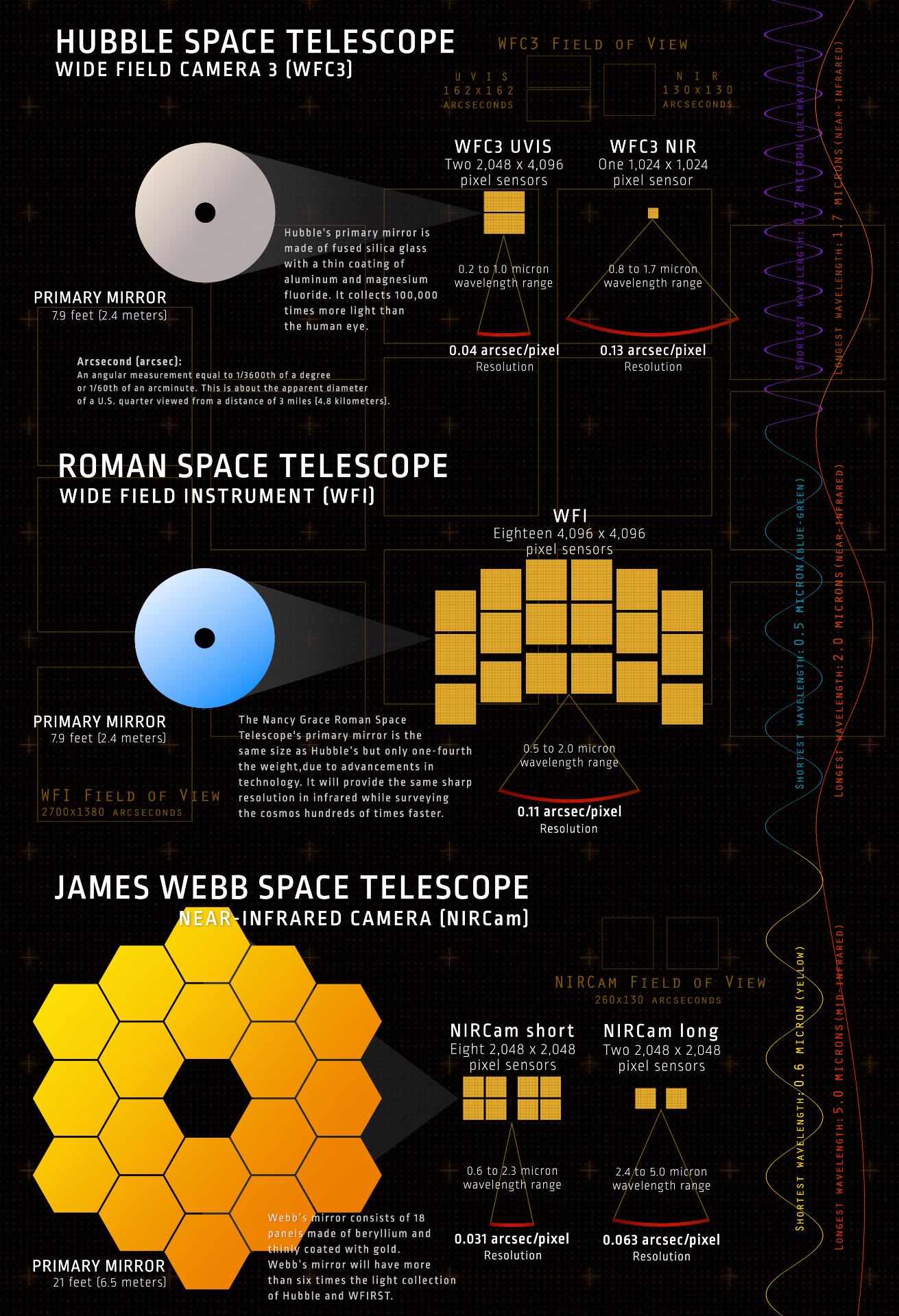
"The best way to compare Roman and Webb is actually to compare them to Hubble. Webb's big advantage over Hubble is that it is much more sensitive and can detect sources of light 100 times fainter than Hubble," Johnson said. "This makes Webb an excellent 'Swiss army knife' type observatory, very flexible and can observe a wide range of objects from the first galaxies to directly imaging exoplanets.
"Roman has a similar sensitivity to Hubble, but it has a much wider field of view. In one pointing, Roman can observe a patch of sky 100 times larger than Hubble can in a single pointing. This makes Roman great at observing thousands of galaxies at a time or tens of millions of stars in one image."
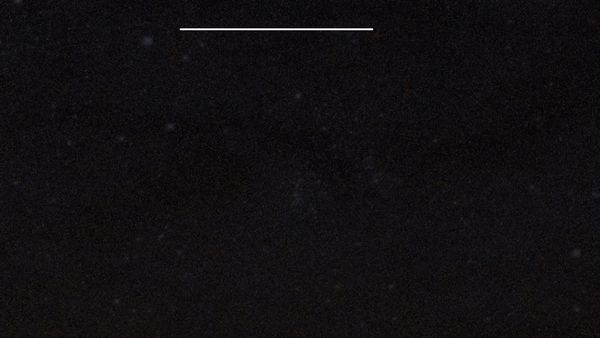
NASA estimates that Roman's infrared vision should also allow the telescope to see back into the universe to when it was little more than 300 million years old. Though Roman's main strength, according to NASA, is the size of its field of view.
Roman's Wide Field Instrument's field of view is 100 times greater than Hubble's widest exposure. Roman will therefore generate much larger views of the cosmos while matching Hubble's crisp infrared resolution. In its first five years of operation, Roman will image over 50 times as much of the night sky as Hubble has done since 1990. Though Hubble can still capture something Roman can't provide, high-resolution ultraviolet observations, thus demonstrating that even the oldest of these three 'mega-telescopes' is in no way made obsolete by its predecessors.
This will allow Roman to spot targets in its wide-field view for Hubble to follow up in infrared, and for the JWST to get a clearer and deeper view of.
"Combining the Roman Space Telescope's findings with Hubble's and Webb's could revolutionize our understanding in a multitude of cosmic pursuits," NASA says.
Additional resources
The inspiration behind the Nancy Grace Roman Space Telescope and so many of NASA's pioneering missions is its first chief astronomer, Nancy Grace Roman. You can read about her life in her own words in an interview conducted before her death in 2018, during a series of interviews she gave with NASA.
The primary mission of the Nancy Grace Roman Space Telescope will be the investigation of dark energy. You can get the lowdown on this mysterious force driving the expansion of the universe, with these resources from NASA. Put your observation skills to the test with NASA's Roman Space Observer game.
Bibliography
The Nancy Grace Roman Space Telescope, NASA Goddard Space Flight Center, [Accessed 01/26/23], [https://roman.gsfc.nasa.gov/]
The Nancy Grace Roman Space Telescope, NASA JPL, [Accessed 01/26/23], [https://www.jpl.nasa.gov/missions/the-nancy-grace-roman-space-telescope]
Roman Space Telescope, STScI, [Accessed 01/26/23], [https://www.stsci.edu/roman]
NASA Awards Launch Services Contract for Roman Space Telescope, NASA TV, [Accessed 01/26/23], [https://www.nasa.gov/press-release/nasa-awards-launch-services-contract-for-roman-space-telescope]
Roman Space Telescope Mission Overview, NASA, [Accessed 01/26/23], [https://roman.gsfc.nasa.gov/about.html]
Assembly Begins on NASA's Next Tool to Study Exoplanets, NASA TV, [2022], [https://www.nasa.gov/feature/jpl/assembly-begins-on-nasa-s-next-tool-to-study-exoplanets]
Nancy Roman (1925-2018), Astronomer / "Mother of Hubble" NASA, [Accessed 01/26/23], [https://solarsystem.nasa.gov/people/225/nancy-roman-1925-2018/]
Why Roman Space Telescope, NASA Goddard Space Flight Cente, [Accessed 01/26/23], [https://roman.gsfc.nasa.gov/why_Roman_Space_Telescope.html]
Join our Space Forums to keep talking space on the latest missions, night sky and more! And if you have a news tip, correction or comment, let us know at: community@space.com.
Get the Space.com Newsletter
Breaking space news, the latest updates on rocket launches, skywatching events and more!

Robert Lea is a science journalist in the U.K. whose articles have been published in Physics World, New Scientist, Astronomy Magazine, All About Space, Newsweek and ZME Science. He also writes about science communication for Elsevier and the European Journal of Physics. Rob holds a bachelor of science degree in physics and astronomy from the U.K.’s Open University. Follow him on Twitter @sciencef1rst.










